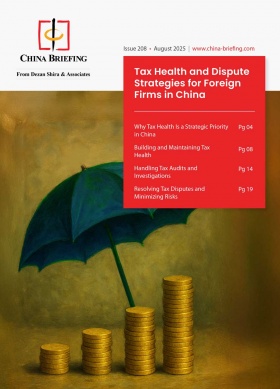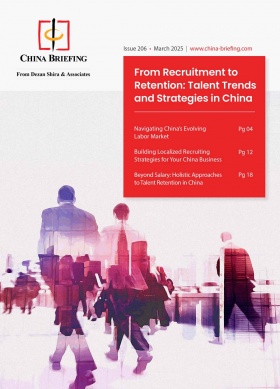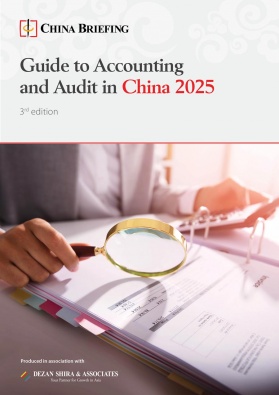Decoding China’s Imports in 2025: January–July Data Breakdown
China’s imports in the first seven months of 2025 highlight shifting patterns across trading partners, product categories, and import methods. For exporters and investors, these trends signal where new growth opportunities are emerging.
European SMEs in China: Insights from the EU SME Centre 2025/2026 Survey
European SMEs in China face growing challenges from regulatory complexity, competition, and financial constraints, with smaller firms particularly affected.
Hainan Free Trade Port: Tax, Customs, and Industry Incentives for Foreign Investors
A comprehensive guide to preferential policies in the Hainan Free Trade Port, from tax incentives and zero-tariff goods to expanded market access for foreign investment.
Breaking Down the US-China Trade Tariffs: What’s in Effect Now?
The current landscape of US-China tariff rates is complex, with multiple overlapping trade measures in effect. This article explains which tariffs apply in 2025 and how they intersect.
Rare Earth Elements: Understanding China’s Dominance in Global Supply Chains
China accounts for the vast majority of the world’s production and processing of rare earth elements, giving it vital leverage in trade negotiations. We explore China’s leading position in the sector and discuss how companies can navigate supply chain risks.
China Outbound Direct Investment (ODI) Tracker: 2024-25
In the 2024-25 China Outbound Direct Investment (ODI) Tracker, China Briefing offers up-to-date data and insights on China’s outbound investment developments and trends. Data is as of August 2025.
China’s Provincial Economic Data in H1 2025: Which Regions Are Powering Growth?
The economic performance of China’s 31 mainland provinces in the first half of the year offers valuable insight into national growth patterns and serves as a key indicator of the country’s trajectory for the rest of 2025.
What Will China’s Economic Policy Look Like in H2 2025?
China’s economic policy in H2 2025 emphasizes monetary accommodation, targeted fiscal support, and structural reforms after stronger-than-expected GDP growth, while leaving room for more stimulus if the outlook weakens.













